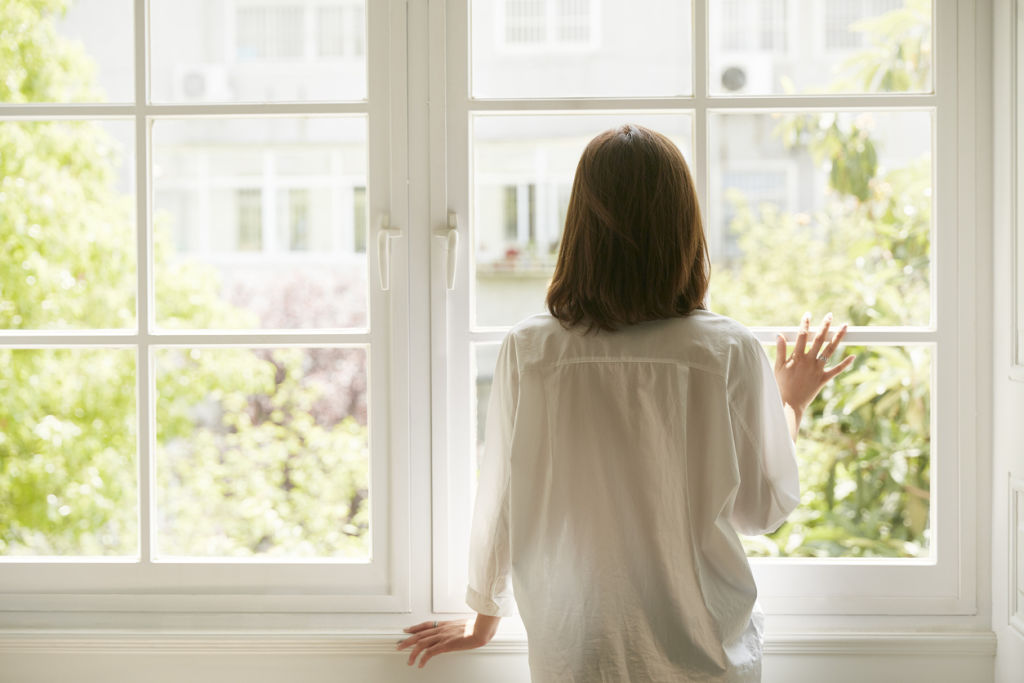All Categories
Featured
Table of Contents
5 Benefits Of Double Glazing Windows in Cardup WA
Laminated glass is often utilized in areas in the house most susceptible to injury from human impact such as restrooms, doors, around staircases and in locations near to the floor (it satisfies the requirements of 'safety glass' that is mandated for usage in these locations by Australian Standard AS 1288 Glass in buildings).
Toughened glass has actually been 'tempered' by being reheated and rapidly cooled again. This procedure makes it much stronger than standard glass it can withstand greater effect loads before breaking. It also makes it safer because, when it does shatter, it breaks into many small cubic pieces rather than unsafe shards.
Double Glazing - Windows - Doors in Byford Perth
However, toughened glass has no thermal or acoustic benefits over other glass of the same toning or density. Secondary glazing is where single-glazed windows are retrofitted with a transparent acrylic or glass sheet connected to the inside of the frame or openable sash with a secondary frame or with magnetic strips.


Secondary glazing will not carry out too thermally as a made IGU, considering that it is impossible to absolutely seal the border, but it can provide great sound control. Window movies are a thin polymer film including a soaking up dye or reflective metal layer, with an adhesive support. They adhere to your glazing to alter its colour or make it reflective.
Brisbane's Best Double Glazed Windows in Upper Swan WA
Applied to existing glass, some window films can halve the overall SHGC of the window by absorbing and/or reflecting solar radiation. This can be especially helpful in hotter climates where cooling is the main concern, or on east and west elevations directly exposed to extended periods of sunlight. Window films may also decrease noticeable light transmittance.

For this reason, it is usually best to utilize an accredited installer of window movie. Frames have a significant influence on the thermal efficiency of doors and windows, due to the fact that energy can be gotten and lost through the frame, in addition to through the glass. Various types of frame will allow different levels of heat gain and loss, so cautious choice of frame is essential for efficient passive style.
Double Glazed Windows Sydney in Crawley WA
Aluminium is likewise an extremely great conductor of heat and will decrease the insulating worth of a glazing system, unless specifically crafted to reduce this. A 'thermally broken' frame is comprised of 2 aluminium areas linked by a structural insulator (usually a low-conductivity structural polymer). This 'breaks' the thermal connection through the aluminium and decreases the heat flowing through the frame.
Wood frames are a great natural insulator that can match some house designs. Lumber frames need to be made from types that have naturally high toughness or be treated to prevent decay and contortion.
What Is Double Glazing Windows And Doors? in Burswood Western Australia
This can result in gaps that permit air infiltration unless good draught sealing (weather condition removing) is set up. u, PVC is a type of plastic (unplasticised polyvinyl chloride, also known as stiff PVC). u, PVC frames provide exceptional thermal performance, often much better than timber or thermally damaged aluminium. u, PVC is long enduring and needs extremely little maintenance, and can be moulded into complicated profiles that offer excellent air seals.
u, PVC doors and windows have outstanding thermal efficiency Photo: Ben Wrigley (Light House Architecture and Science) Composite frames use aluminium profiles on the external areas with either a wood or u, PVC inner area. These integrate the low upkeep and toughness of aluminium with much enhanced thermal efficiency.
Latest Posts
Pros And Cons Of Argon Gas In Windows in Ridgewood WA
Does Double Glazing Have A Vacuum? in Shoalwater WA
Double & Triple Glazing Windows In Warwickshire in Perth